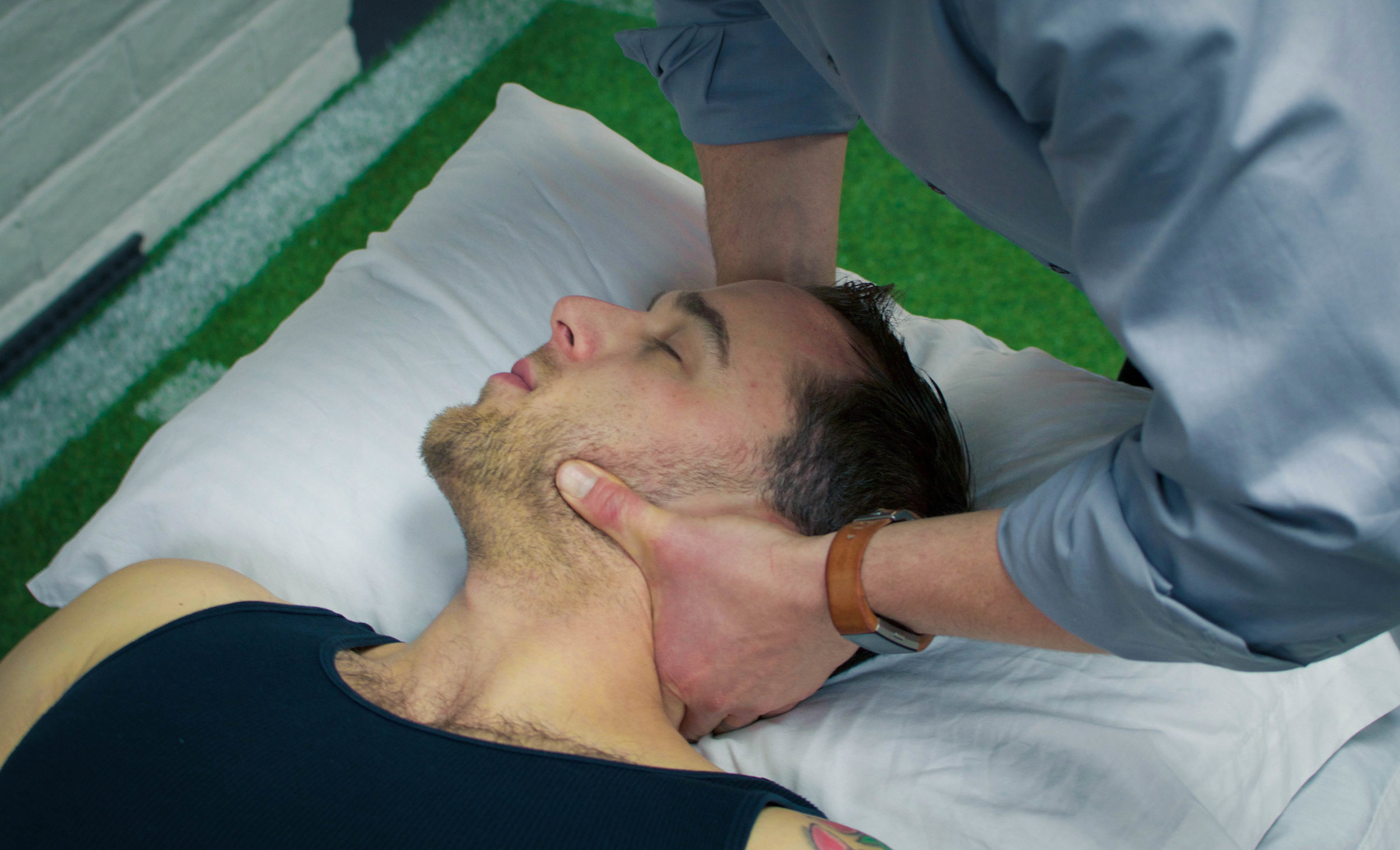Spinal manipulation is one of the oldest medical treatments dating back to Hippocrates and the ancient Egyptians. Theories behind its’ beneficial effects are as old as spinal manipulations use but many have erroneously detailed a purely mechanical effect of the treatment. It is not uncommon to hear patients report, “my spine was out of position/alignment/place and the manipulation placed the spinal vertebrae back into place.” Research does not deny the pain relief of the treatment but it has disproven this alignment theory with prior investigators reporting no change in vertebrae position on advanced imaging before or after successful spinal manipulation. In short, our spinal manipulations are working but for a different reason than previously described. Spinal manipulation remains an important intervention in our Boulder Physical Therapy practice for multiple conditions including headache, neck and back pain but our theories on its’ mechanism continue to evolve. Current research documents a multifactorial and complex cascade of events taking place in the central and peripheral nervous system, circulatory system, and spinal tissues. A recent research study highlights some of the important circulatory changes responsible for a reduction in pain after a Physical Therapy spinal manipulation.
Lohman and colleagues in the Journal of Manual and Manipulative Therapy examined the immediate circulatory changes after spinal manipulation (2019). Authors randomized patients with mechanical neck pain to either a spinal manipulation or sham/placebo group and measured blood concentrations before and after the manipulation. Authors found significant increases in blood samples of oxytocin, neurotensin, and orexin A. These neuropeptides are known to positively impact the expression of pain in the brain and likely explain in part why patients with pain experience short term relief with spinal manipulation. Long term relief from spinal pain will be found through a Physical Therapy strength training program, but patients can continue to benefit from spinal manipulation to reduce their symptoms and allow a rapid transition into exercise.
Click Here to schedule your next appointment with the experts at MEND

